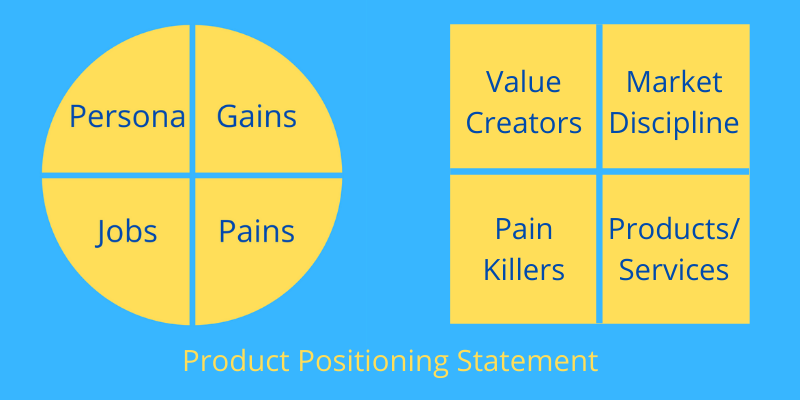How Do You Make Money?
The fifth of six questions that every business should be able to answer is “how do you make money?”. When I ask leaders this question I typically hear one of two types of answers: where their revenue comes from, or how they manage to profitability. Both answers are really important and which one they give even tells me a lot about their business.
I think it’s important to understand the difference between a revenue model, a business model, and a cash flow model.
Entrepreneurs are often asked “what is your business model?”. In most cases, I think the one asking the question really wants to know the startup business’ revenue model. Especially amongst tech startups, the term “business model” is often used to describe who pays and how they pay. The answer expected might be “we have a subscription-based model” or an “advertising-based model” or perhaps “ours is a two-sided platform model”. But these don’t really reflect an entire business model.
The simplest definition of a business model is “how a business makes money”, but a more effective definition is “how a business creates value for its customers and captures value from its customers”. The revenue model is the portion of the business model that explains how the business captures value from its customers. It is also important to deeply understand how cash flows through the business.
How Do You Make Money? Read More »





